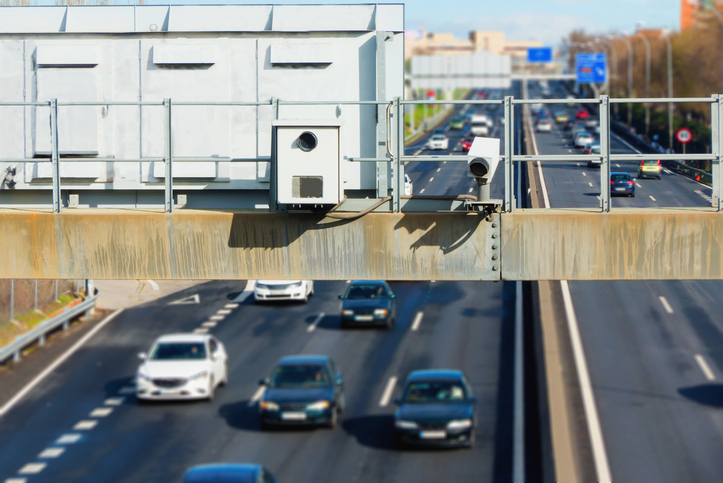 Intelligent traffic systems (ITS) are evolving quickly as the need for more advanced imaging grows. This increasing demand has sparked numerous innovations, both on the hardware and software sides, to keep up with the challenges of modern ITS applications.
Intelligent traffic systems (ITS) are evolving quickly as the need for more advanced imaging grows. This increasing demand has sparked numerous innovations, both on the hardware and software sides, to keep up with the challenges of modern ITS applications.
Currently, ITS systems serve a wide range of purposes, including traffic monitoring, license plate recognition, traffic violation detection, and toll management, among many others. As the technology continues to advance, the implications will be far-reaching.
The Future of Machine Vision and Intelligent Traffic Systems
One of the most exciting trends on the horizon is the integration of machine vision and machine learning into ITS systems. As urban areas across the world become highly populated, traffic and transportation systems become highly congested.
ITS systems of the future will feature machine learning technology to analyze traffic patterns and improve monitoring efficiency, enabling automated incident detection and timely responses. These systems will be able to help alleviate congestion issues in urban areas.
Current Trends in Machine Vision ITS Systems
There are a few predominate trends in ITS systems happening today as a result of increasingly capable new machine vision technology.
- Replacing Multiple Camera Configurations with a Single Camera: today’s machine vision cameras are far more advanced than cameras in the past. Because of this, oftentimes system configurations with multiple cameras can be replaced with a single camera so that 1 or even 2 lanes are watched by only one camera at a time.
- Moving from Analog to Digital: analog cameras have inherent performance limitations for ITS systems but were the only viable option for a long time. Now, digital cameras with GigE Vision and CoaXPress interfaces that allow for long distances between cameras and PCs make digital machine vision cameras a viable ITS solution.
- Switching to Industrial-Grade Cameras: cameras in ITS systems have to spend long times outdoors in harsh, variable conditions. Also, with new installations placing cameras directly above the roads, minimizing maintenance to keep roads open is important. Industrial cameras are a tougher solution to keep operational in tough conditions.
The three trends listed above are some of the biggest changes happening in ITS systems today. Fewer digital, industrial-grade cameras will comprise most ITS systems, as opposed to the old analog systems with multiple cameras.
Even more fascinating trends lay on the horizon, however, as machine learning and artificial intelligence technology begin to make their way into ITS systems. Near-term and long-term, exciting things lay on the horizon for ITS systems.
To learn more, visit our educational section on intelligent traffic systems and machine vision technology.
